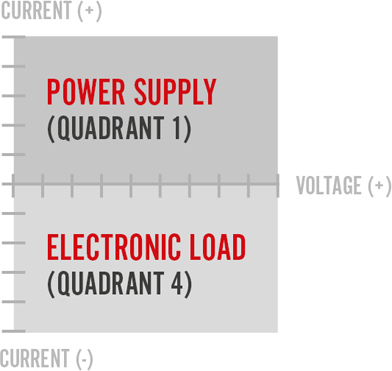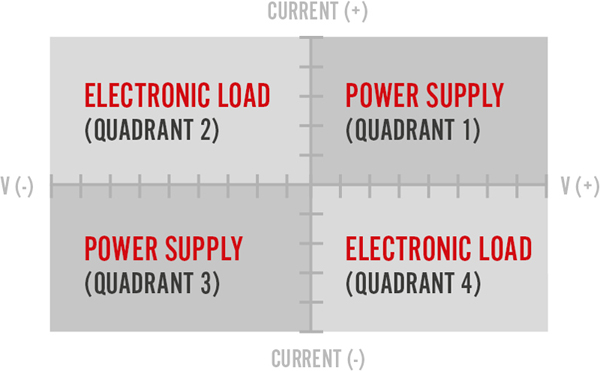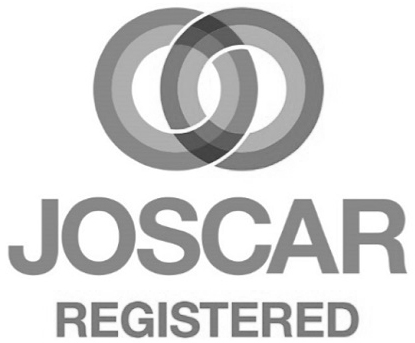Glossary
The confusing jargon of technical websites can often leave even the brightest sparks with crossed wires.
With that in mind, we have tried to present any acronyms and industry specific terms we use on our website in a clear and understandable way below.
Looking for a specific term? Use the filters below:
Automotive & Motorsport
Electronic Control Unit (ECU)
An electronic control unit (ECU) is a generic term for any embedded system that controls a vehicle's electrical system or subsystem. Some modern vehicles have up to 80 ECUs which continue to increase in sophistication.
Federal Test Procedure (FTP-75)
The EPA Federal Test Procedure, commonly known as FTP-75, are a series of tests defined by the US Environmental Protection Agency. It is used to measure exhaust (tailpipe) emissions and fuel economy of passenger cars. Companies which produce cars for the American market will need to test to these standards.
New European Drive Cycle (NEDC)
The NEDC was the standard drive cycle test for passenger cars in the EU. It was designed to represent the typical usage of a car in Europe when assessing the emission levels and fuel economy of engines. From 2017 it will be gradually superseded by WLTP.
Worldwide Harmonized Light Vehicles Test Procedure (WLTP)
The Worldwide Harmonized Light Vehicles Test Procedure (WLTP) defines a global harmonized standard for vehicle drive cycles. It determines the levels of pollutants/CO2 emissions, fuel or energy consumption as well as electric range for light-duty vehicles (passenger cars and light commercial vans). It was developed by experts from the EU, Japan, and India. Compared to the NEDC, the WLTP drive cycle runs for 50% longer with a higher average and maximum speed.
Power Electronics, Machines & Drives
Electric Drive
An electric drive is a system which controls the motion of an electrical machine. A typical drive contains components such as electric motors, battery packs, motor controllers and a control system which manages propulsion. Common examples include inverter drives and switched reluctance drives.
Electrical Machine
An electrical machine is a device which converts mechanical energy into electrical energy, or vice versa.
Induction Machine
The rotor and the rotating magnetic field (RMF) of an induction machine's stator do not rotate at the same speed. This is known as slip. In motor operation, AC is applied to the stator which produces an RMF. As the rotor is made from an electrical conductor, the RMF induces an electromagnetic current in the rotor bars causing it to rotate. In generator operation, a prime mover (usually a turbine or engine) drives the rotor above the stator’s synchronous speed, causing it to generate electrical energy.
Power Electronics
Power electronics is the application of electronics and circuitry to control power conversion from one form to another. Its study and implementation is found across the breadth and depth of the power spectrum. From microcircuits found in handheld electronics, to grid scale PV inverters.
Reluctance Machine
The stator and rotor of a reluctance machine contain a different number of teeth. A reluctance motor works by energising the windings on the teeth of the stator in sequence, which creates non-permanent magnetic poles. This causes the rotor to rotate towards the teeth with the least reluctance. While reluctance motors have many applications in areas such as hybrid vehicles and domestic appliances, research into generators is still a relatively new field.
Synchronous Machine
A synchronous machine is capable of maintaining constant speeds irrespective of the load acting on them, if the load is within the capability of the machine. The rotor and the stator's rotating magnetic field (RMF) rotate at the same speed as each other, due to the interaction of the RMF with the constant magnetic field of the rotor. In motors the field coil of the stator is excited with AC power, whereas in generators the magnetic field of the stator is rotated. The magnetic field of the stator can either be induced by a DC source or by using a permanent magnet.
Energy Storage & Renewables
Battery
A battery is a self-contained chemical power device that converts chemicals into electrical energy. The charging rate of a battery is often relatively slow compared to other energy storage devices. This is commonly seen as one of the major obstacles to mass adoption of battery powered vehicles. The discharge rate of a battery is often much higher than the charge rate.
Battery Management System (BMS)
A battery management system (BMS) regulates various parameters of a battery. Common functions include monitoring cell voltage, state of change, charge/discharge current and temperature. Thus protecting the battery from operating outside its safe area and minimising risk of damage.
Capacitor
A capacitor is a device used to store an electric charge. They consist of one or more pairs of conductors separated by an insulator. Capacitors can accept and deliver charge very rapidly. They tolerate many more charge/discharge cycles than rechargeable batteries before deteriorating. Although capacitors are advantageous in terms of their charge/discharge rate, they are typically much heavier and larger than batteries.
Flow Battery
Flow batteries store energy in electrolyte liquids, commonly separated by a membrane. One of their biggest advantages is that they can be almost instantly recharged by replacing the electrolyte liquid, while simultaneously recharging the existing electrolyte.
Fuel Cell
A fuel cell is a device that produces electric current, directly from the process of mixing an oxidising agent with hydrogen. While a battery produces electricity from the energy it has stored inside chemicals, a fuel cell creates electricity from an external fuel tank. This means that while a battery may fully discharge itself, a fuel cell will continue to produce electricity as long as fuel is supplied.
Pulsed Charging
Pulse charging interrupts the traditional DC charging curve with short relaxation periods. The technique is thought to improve battery discharge capacity and help facilitate longer cycle life.
Smart Grid
A smart grid is an integrated set of intelligent systems, which actively manage the supply and demand of an electrical grid. It may include smart meters/appliances, renewable generators and energy storage systems amongst other components. One of its main aims is to reduce peak demand and cost per kWh, whilst increasing stability and resilience.
General
Application GUI
An application GUI is software used to program hardware to replicate the real world behaviour of a power component.
Bidirectional Power System
Operating in quadrant 1 (positive voltage, positive current) and quadrant 4 (positive voltage, negative current), bidirectional power systems can operate as either a DC source or DC load.

Bipolar Power Supply
Bipolar power supplies are switchable between positive or negative voltage, supplying source current only.
Burn-in Test
A burn-in test is where an electrical system or component is operated for an extended period of time to detect any problems.
Current Shunt
A current shunt is a device that is used to measure electrical currents from a small voltage drop created across a resistor placed in series with a load.
DC-DC Converter
DC-DC converters convert DC power from one voltage to another, typically to or from a battery. They are found in many devices, from handheld electronics to grid scale PV systems.
Four Quadrant Power System
A four quadrant power system can operate as either an AC power supply or an AC load.

Inverter
An inverter is a device which converts a DC input, typically from a battery or capacitor, to an AC output. Common examples are found in substation backups and inverter drives.
Rectifier
Rectifiers convert an AC input to a DC output. One of the most common rectifiers found across multiple industries are battery chargers.
Our Power Systems
Programmable Power Systems
Our programmable power systems can simulate virtually any power feeding or consuming condition within a test set-up, so that individual components can be optimised. A wide range of AC/DC power, voltage and current outputs are available. Both unidirectional and bidirectional models are offered as standard.
Fixed Output Power
Due to their robust build, our fixed output power systems are trusted across many industries where manual control of output current and voltage isn’t required. Single phase, three phase and DC inputs are all available. Hot swappable modules are possible, as well as n+1 configurations.
Rental Power Systems
We maintain a range of rental systems which provide solutions to short term, urgent or unusual test requirements. Programmable power supplies, electronic loads and bidirectional PSUs are all available. The range covers both AC and DC voltage, current and power requirements.




